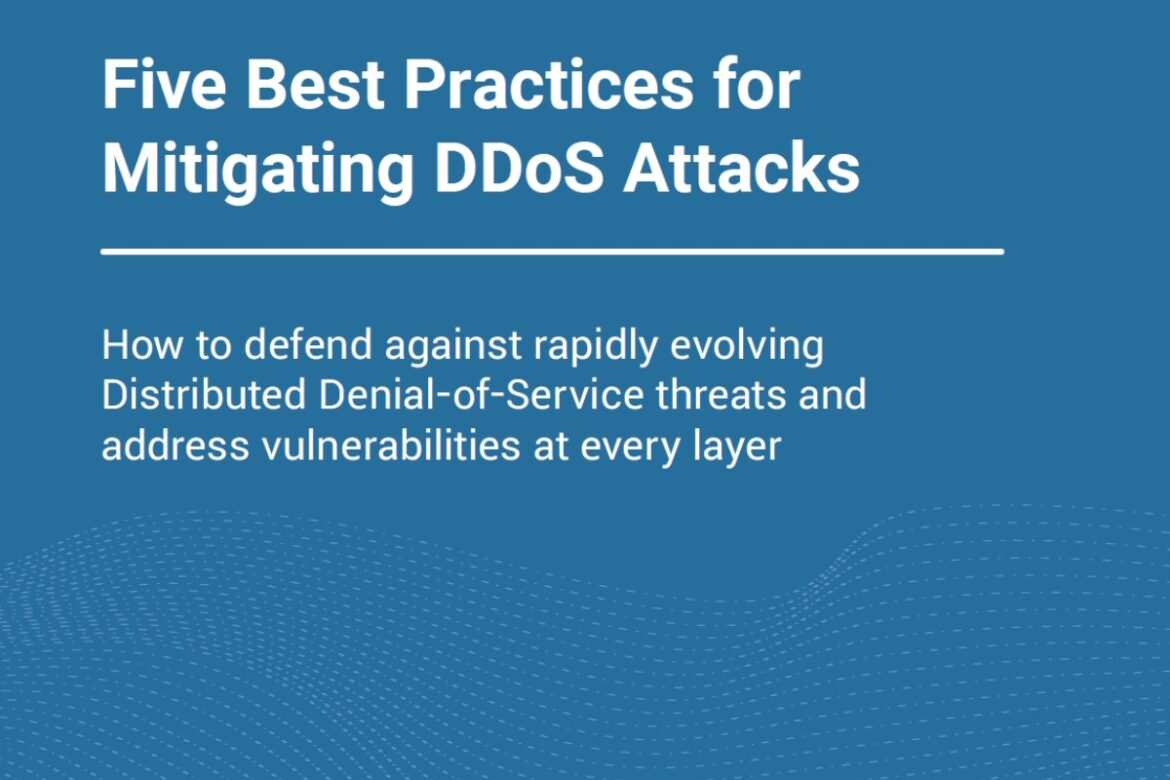Distributed denial-of-service (DDoS) attacks remain one of the most effective methods used by cybercriminals to cause significant financial, operational, and reputational damage to businesses worldwide. Though these attacks take different forms, the goal is always to incapacitate targeted servers, services, or networks by flooding them with traffic from compromised devices or networks.
As organizations have hardened their defenses, cybercriminals have responded with newer attack types targeting multiple applications and services. Some of these attacks target layers 3 and 4 of the Open Systems Interconnection (OSI) model in new ways, resulting in network traffic spikes of up to 1.3 TB per second or more. Others are low-speed, low-intensity Layer
7-based offensives designed to fly under the radar and target one or more services gateways and application layers.
Meeting the challenges associated with DDoS attacks requires a comprehensive approach which addresses all threats at all layers. But enhanced security shouldn’t come at the expense of performance. While on-premise solutions can be part of the answer, a more robust solution will integrate performance with scalable, cloud-based mitigation that works at the network edge to deliver maximum agility and unlimited capacity.

